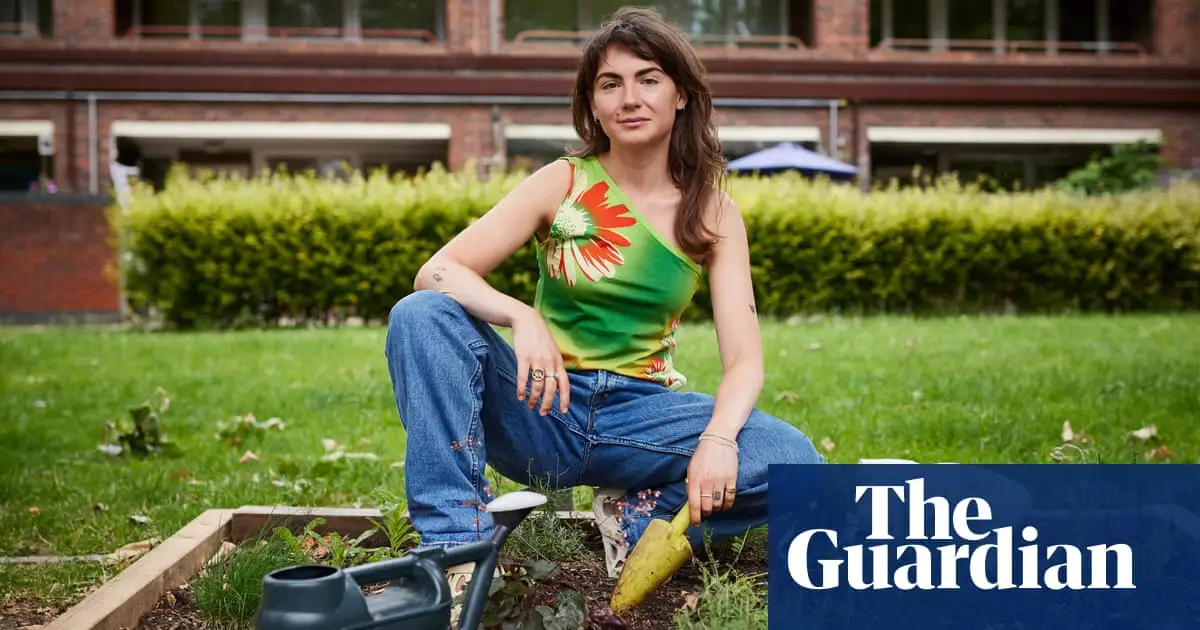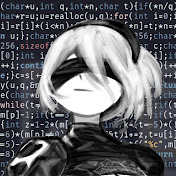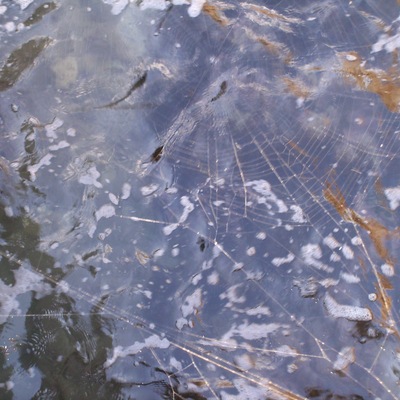hopefully they’re planting native species as accidentally planting an invasive species can do more harm than good
These groups usually have at least one knowledgeable gardener selecting plants best suited for the space, and the question of invasive species is top of mind.
if true that’s great and I hope their endeavors goes great!
Its guerilla gardening, not rewilding. I’m a great fan of native plants There are plenty of non-native plants that will thrive in an urban environment, while not being invasive and also supporting insect life through pollination. So you can see she is planting lavender, possibly rosemary in the pictures. Non-native but an excellent source of nectar for bees and butteflies.
Yep. My thoughts as well.
Then there’s guerilla grafting. You can sneak edible fruiting scions onto decorative apples and pears, for instance. Crab apples readily accept delicious apple and pear varieties.
This is the way.
If you’ve never been guerrilla gardening, you’ve gotta try it! There are groups in cities all over the world and it’s a fun & rewarding experience.
I used to do this with the Toronto Public Space Committee years ago: you select a patch of neglected public or private land, and under cover of night, descend on the area with a few friends and a wagon full of bulbs and seedlings. When you’re finished, an abandoned patch of grass, dirt, or gravel is transformed into beautiful flowers or even vegetables.
deleted by creator
This is the best summary I could come up with:
And in so doing, she says, they are not just brightening up the concrete vistas of urban cityscapes, but beginning the essential adaptations industrialised societies need to make to preserve biodiversity and become more resilient to global heating – and all the while challenging the liberal capitalist state.
“Guerrilla gardening is the practice of planting in public spaces in your neighbourhood” she says on a humid summer afternoon, walking between outlaw flower beds in Hackney, east London.
By her own account clueless about where to begin with gardening, Miles turned to the community, posting on the local Covid mutual aid WhatsApp group, the Facebook page for Hackney’s chapter of Extinction Rebellion, and even on Nextdoor.
Plants can help to reduce air pollution, Miles points out; they can mitigate the urban heat island effect, which is contributing to lethal heatwaves; and they provide habitats and food for the insects, birds and animals that we are realising form crucial links in the web of life.
Most of all, Miles points out, guerrilla gardening is a way that people can take back not only their present, but also their future – even as it seems under dire threat from an economic and social system apparently hellbent on human self-eradication.
“Guerrilla gardening, even if it is just sowing something in a tree bed, it might not change the world – you might help some bees, you might bring joy to someone walking down the street – but you’re also reminding people, or awakening something that is like ‘Maybe this is how it should be.’
The original article contains 1,168 words, the summary contains 260 words. Saved 78%. I’m a bot and I’m open source!
And in so doing, she says
In doing what? Who says? Important parts of the article are missing.
I’m not saying don’t do this but I have seen a lot of great plants and gardens destroyed because they didn’t get the proper permission first.
In my experience most municipalities will support your garden project as long as you will maintain it. Especially if you work with them on the design.
That said, if the owner/manager is hard to reach and unlikely to notice or care then this can be a good and fun activity.
Sir Joseph Banksy
deleted by creator
Gardening, guerrilla or not, is local production, one translation of swadeshi, the core of Gandhian or nonviolent economics, a daily practice
Gardening can be extremely powerful:
USAmerican WWII Victory Gardens began in Spring 1942 & by Autumn harvest 1944 were producing a third to a half of fruits & vegetables on the Home FrontNow,
imagine Climate Gardens using known regenerative techniques of carbon drawdown
&
what could be done in more than only two growing seasons









